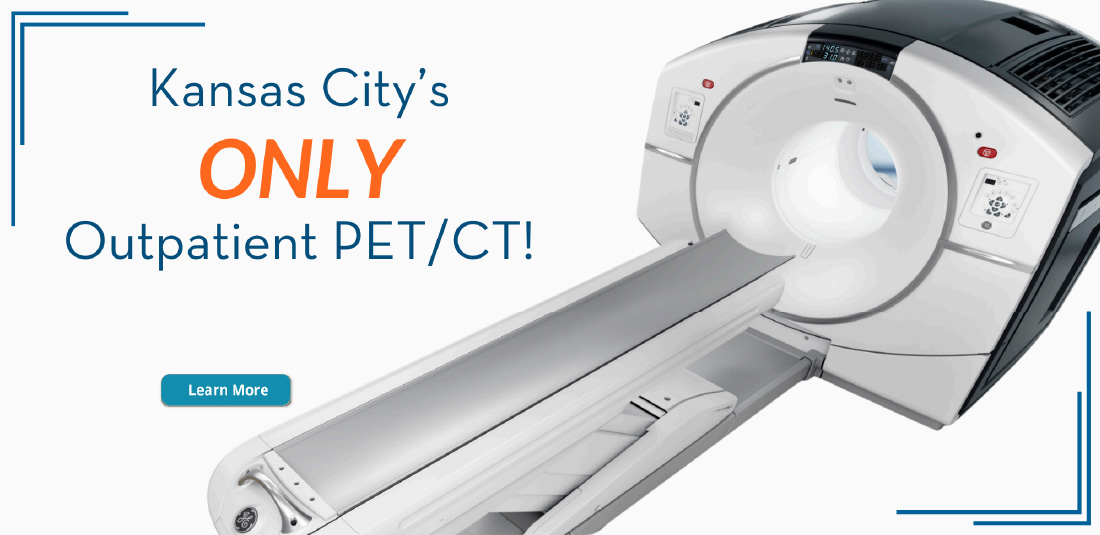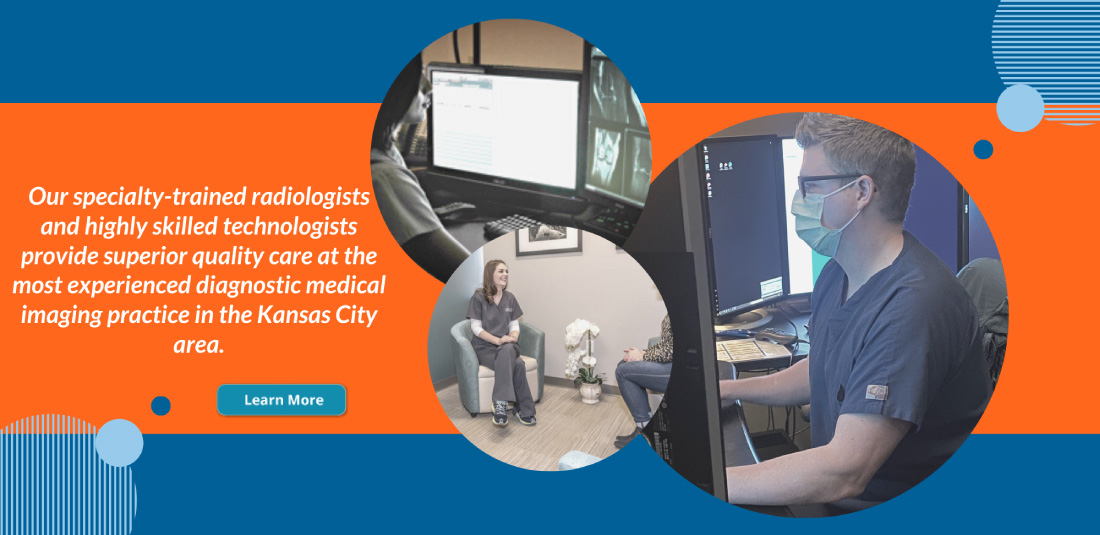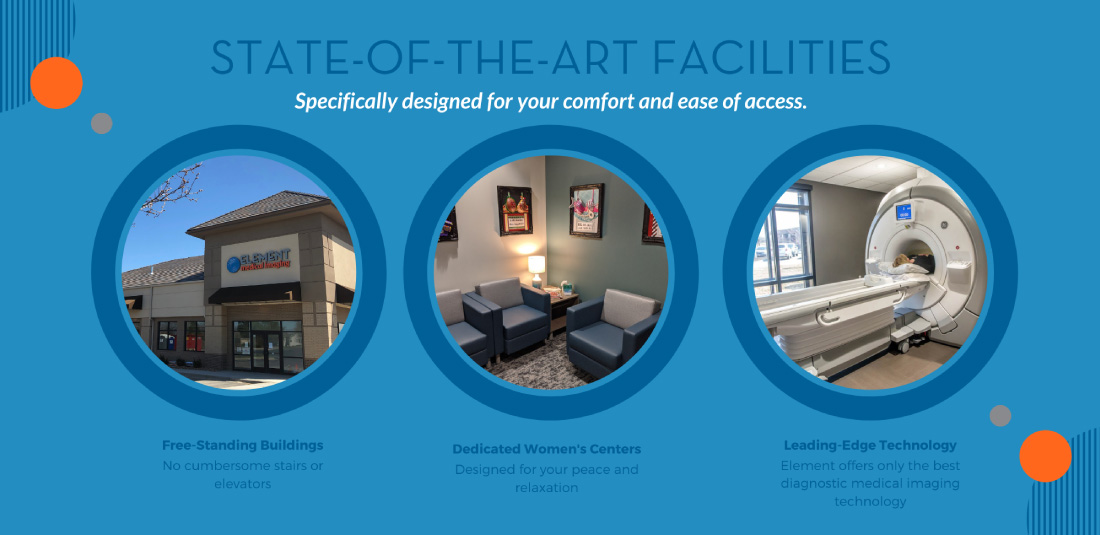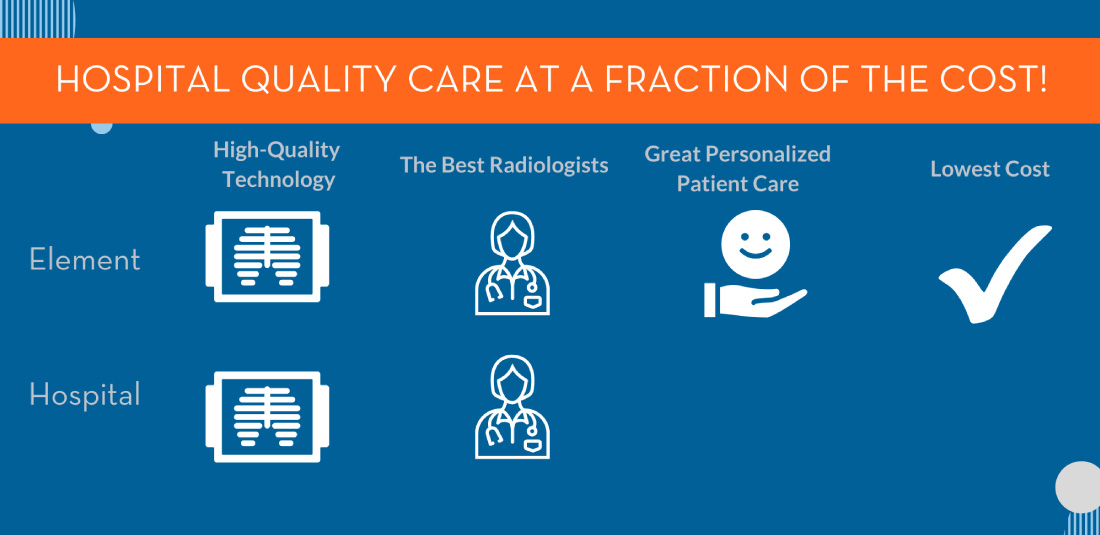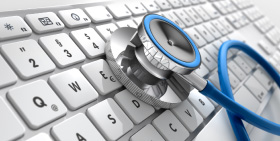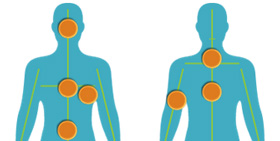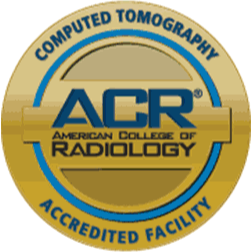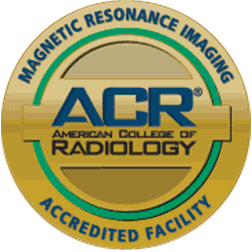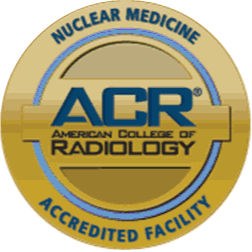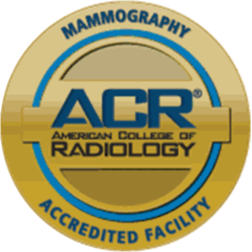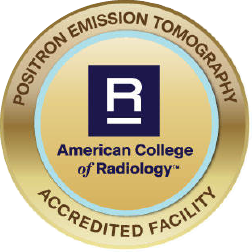Diagnostic Ultrasound
Exam Explanation
Diagnostic ultrasound is a test that has many uses, from diagnosing serious illnesses to determining a baby’s sex. A diagnostic ultrasound uses high-frequency sound waves to view inside the body. Images are captured in real-time, so they show movement of the body’s internal organs as well as blood flowing through the blood vessels. Unlike an X-ray, there is no radiation exposure. Most ultrasound exams are done using a probe placed against the skin. However, some involve placing a device inside your body.
Ultrasound is used in diagnosing a variety of conditions: gallbladder or liver disease, viewing the uterus and ovaries of a pregnant woman and assessing the fetus; evaluating the flow of blood in the arteries to detect blockages; evaluating a breast lump; and diagnosing conditions affecting the spleen, pancreas, kidneys, bladder, thyroid or testicles. It can also be used to guide a needle for a biopsy.
Exam Preparation
Most ultrasound examinations are painless, fast and easy. Generally, no special preparation is needed. However, depending on the type of exam, you may need to drink fluid before the ultrasound or you may be asked to fast for several hours before the procedure. Be sure to check with your doctor or our office. See the links at right to specific types of ultrasounds for more details on those.
During the Exam
You will likely have to wear a gown over the area that is being examined. You may wish to wear a two-piece outfit that day. You will lie face up on a padded exam table. A small amount of gel will be applied to the area being examined. A probe is then placed against the skin. You may be instructed to hold your breath for a short period of time. The test takes about 10-20 minutes to complete. Other types of ultrasound exams may involve placing a device into a natural opening in the body.
CT Cardiac Calcium Score
Exam Explanation
A cardiac CT scan for coronary calcium is a non-invasive way of obtaining information about the presence, location and extent of calcified plaque in the coronary arteries—the vessels that supply oxygen-containing blood to the heart muscle. Calcified plaque results when there is a build-up of fat and other substances under the inner layer of the artery. This material can calcify which signals the presence of atherosclerosis (a disease of the vessel wall), also called coronary artery disease (CAD). Your doctor may want you to have a coronary calcium scan if it can help you and your doctor make decisions about how to lower your risk for heart disease, heart attack and stroke.
Exam Preparation
You may be asked to not smoke or not eat or drink anything that has caffeine for a few hours before your test. Tell your physician or the technologist if there is any possibility that you are pregnant. Prior to the exam, a technologist may speak with you on the phone to obtain necessary medical information and discuss instructions to be followed the day of the exam.
During the Exam
After you arrive for your appointment, you may need to change into a gown and possibly remove jewelry.
Small pads or patches called electrodes will be put on your chest. The EKG records the electrical activity of your heart on paper. It records when your heart is in the resting stage, which is the best time for the CT scan. Once you are prepared for your exam, your technologist will help position you on the table of the CT scanner. You will lay face up and the table will move into the large donut shaped scanner. While inside the scanner, you will be able to see your outside surroundings. The technologist will talk with you from the control room where they can see you at all times. It is very important to lay completely still. Periodically, the voice-activated component may speak to you, instructing you to hold your breath for a short period while pictures of your heart are taken. Most Cardiac CT examinations take about 15 minutes.
Ultrasound Guided Breast Biopsy
Exam Explanation
When an ultrasound examination reveals a suspicious breast abnormality, a physician may choose to perform an ultrasound-guided biopsy. Because ultrasound provides real-time images, it is often used to guide biopsy procedures. Ultrasound-guided biopsy of the breast is a minimally invasive alternative to an open biopsy which is performed in an operating room and requires general anesthesia.
Exam Preparation
No exam preparation is necessary.
During the Exam
After you arrive for your appointment, you will be asked to remove your shirt and change into a gown. You may wish to wear a two-piece outfit that day. You will lie on your back or on your side on the examination table. The doctor will hold the ultrasound probe against your breast, and locate the mass within your breast. The radiologist will make a small incision to insert the needle and take several samples of tissue to be sent to a lab for analysis. In most cases, the procedure takes less than an hour, and women can immediately return to their daily activity.
Breast Ultrasound
Exam Explanation
Your doctor may recommend a breast ultrasound to evaluate a palpable mass felt on physical exam. Additionally, breast ultrasound may be utilized to answer questions identified on a screening mammogram. Ultrasound uses sound waves to produce images of your breast. There is no radiation involved. Ultrasound imaging can help to determine if an abnormality is solid (which may be a non-cancerous lump of tissue or a cancerous tumor) or fluid-filled (such as a benign cyst) or both cystic and solid. Ultrasound can also help pinpoint the position of a tumor. Breast ultrasound is frequently employed in conjunction with a diagnostic mammogram. Some studies have suggested that it may be helpful to use ultrasound along with mammogram when screening women with dense breast tissue as seen on a mammogram. Dense breast tissue is hard to evaluate with a mammogram alone.
Exam Preparation
No exam preparation is necessary.
During the Exam
After you arrive for your appointment, you will be asked to remove your shirt and change into a gown. You may wish to wear a two-piece outfit that day. You will lie face up on a padded exam table. A small amount of gel will be applied to the area being examined. A probe is then placed against the skin. You may be instructed to hold your breath for a short period of time. The test takes about 10-20 minutes to complete.




